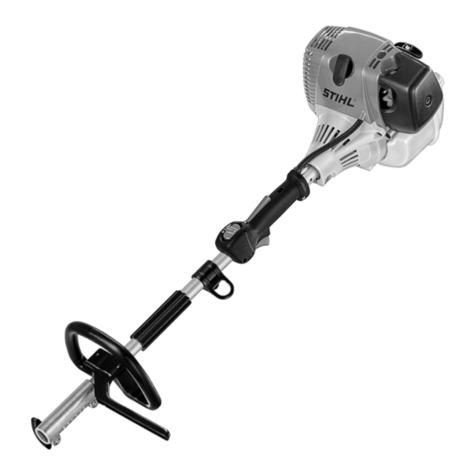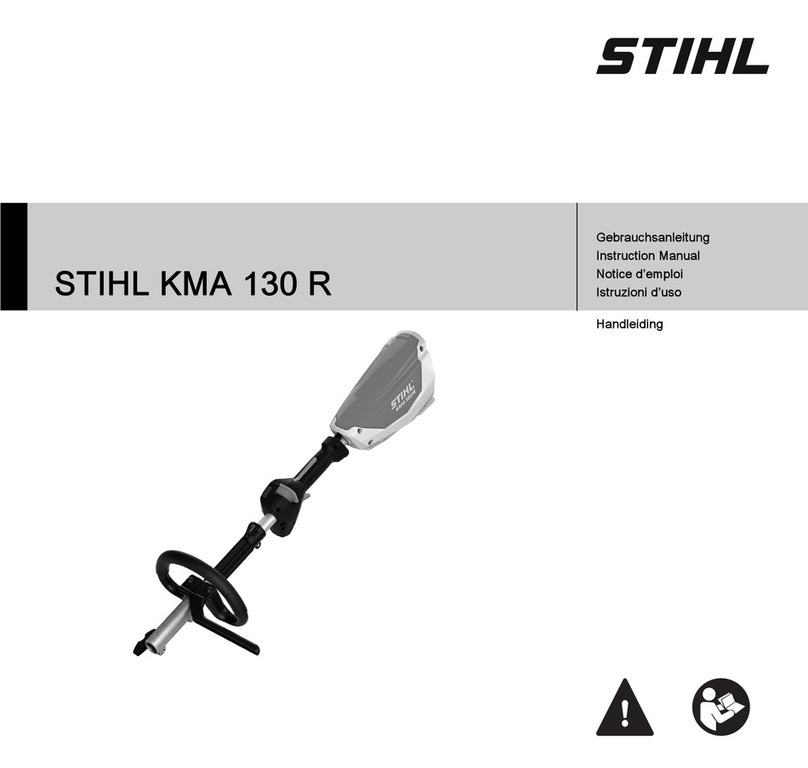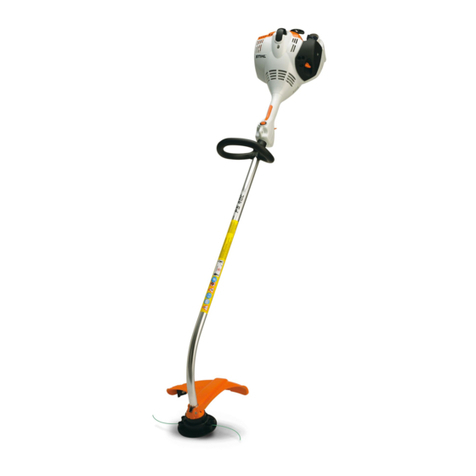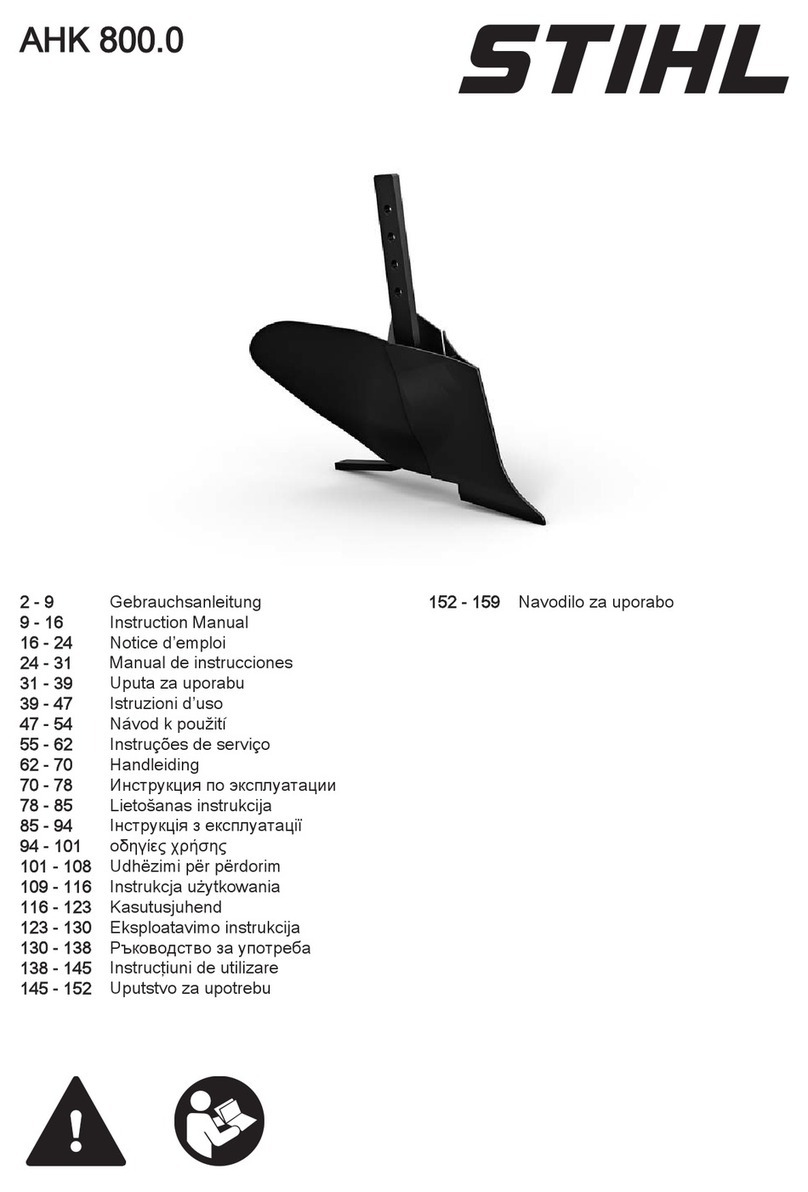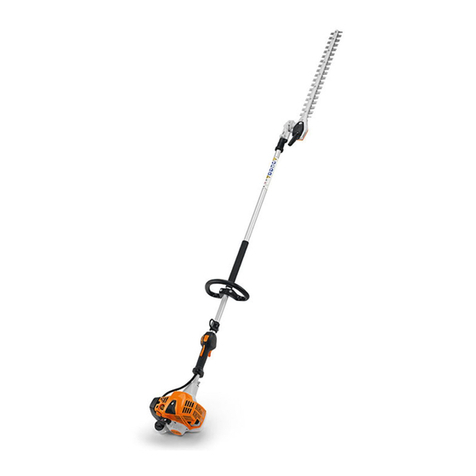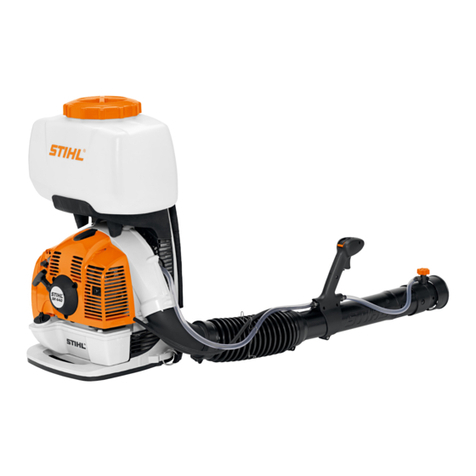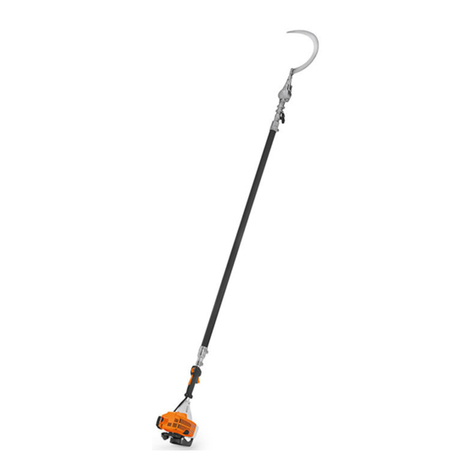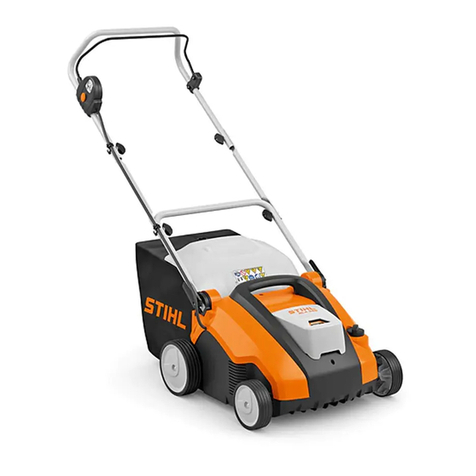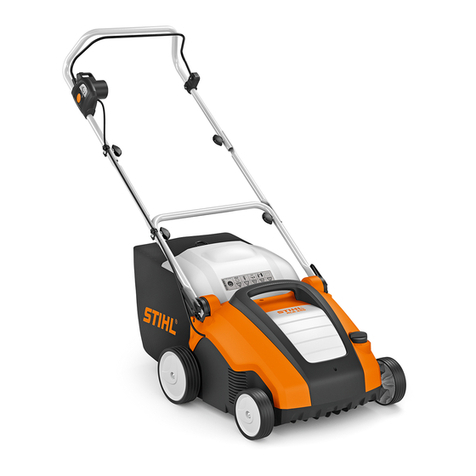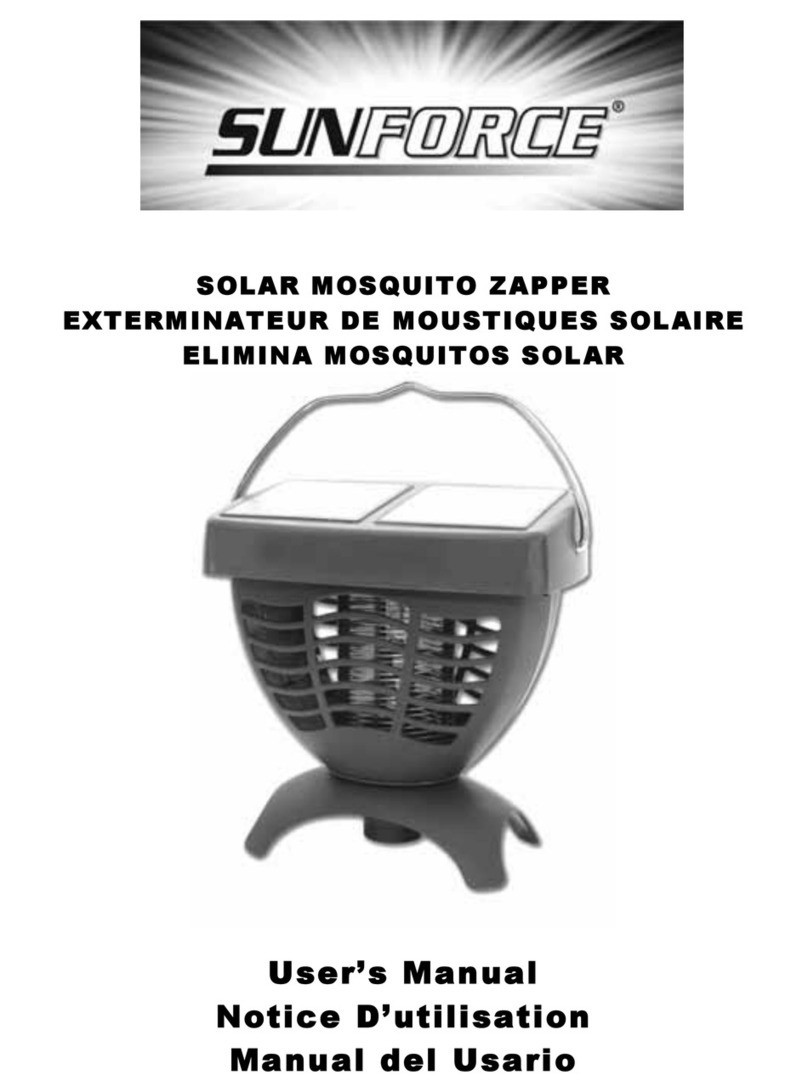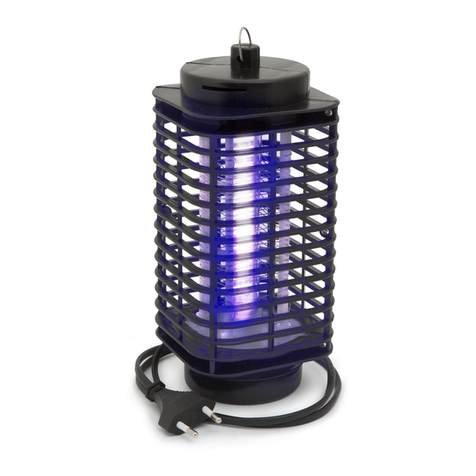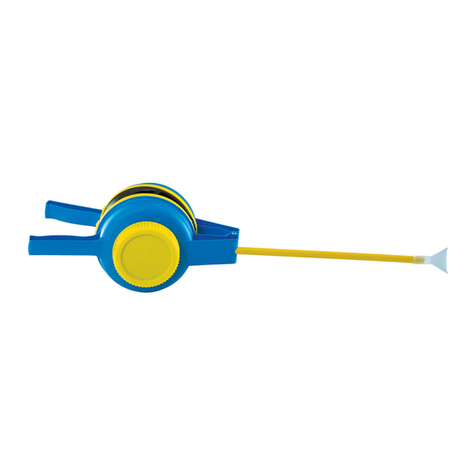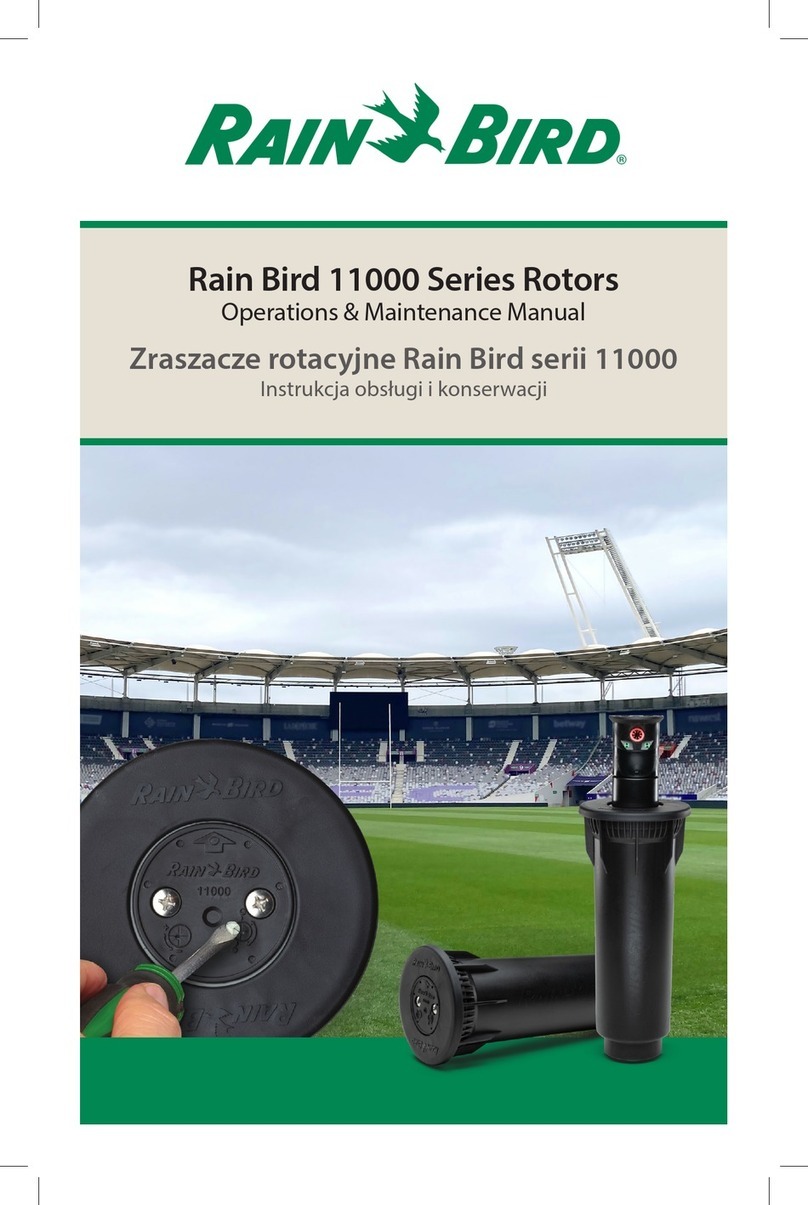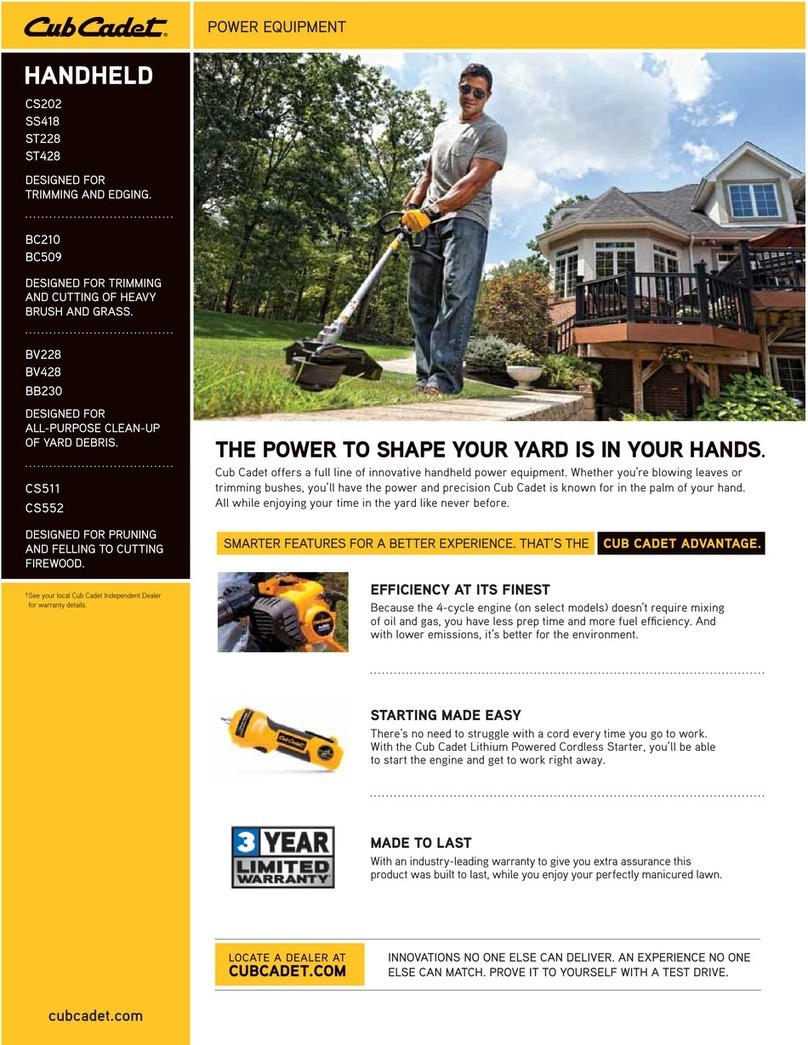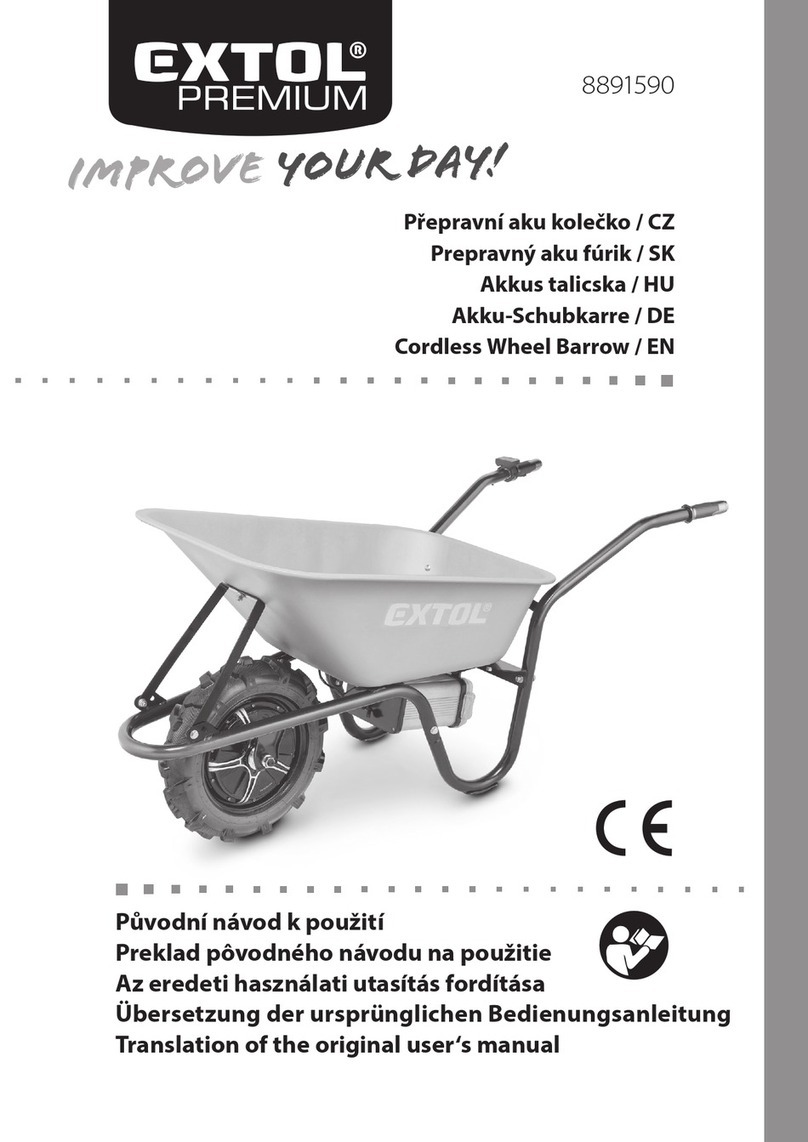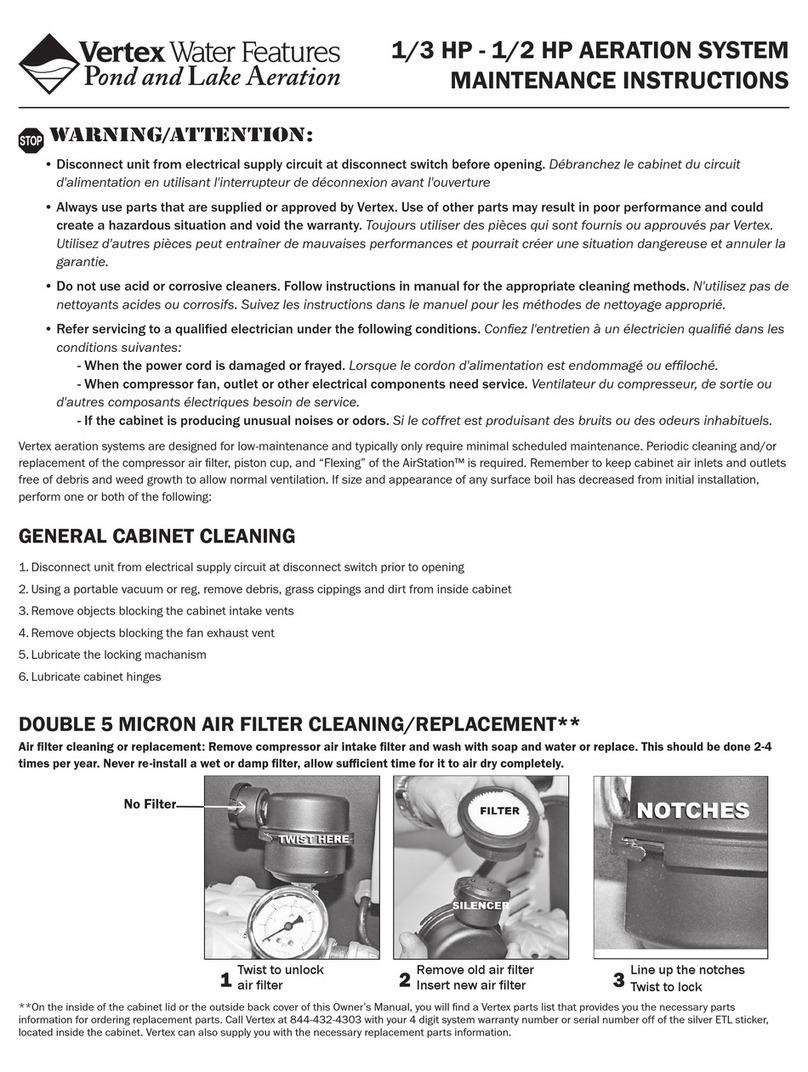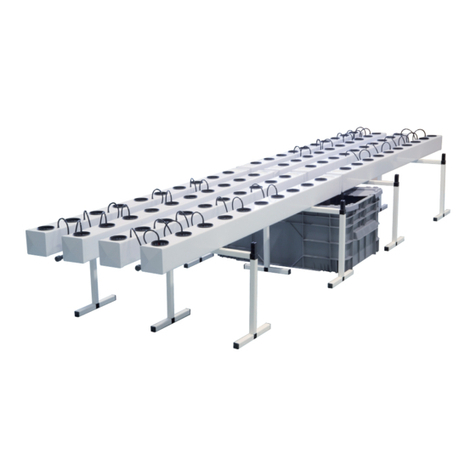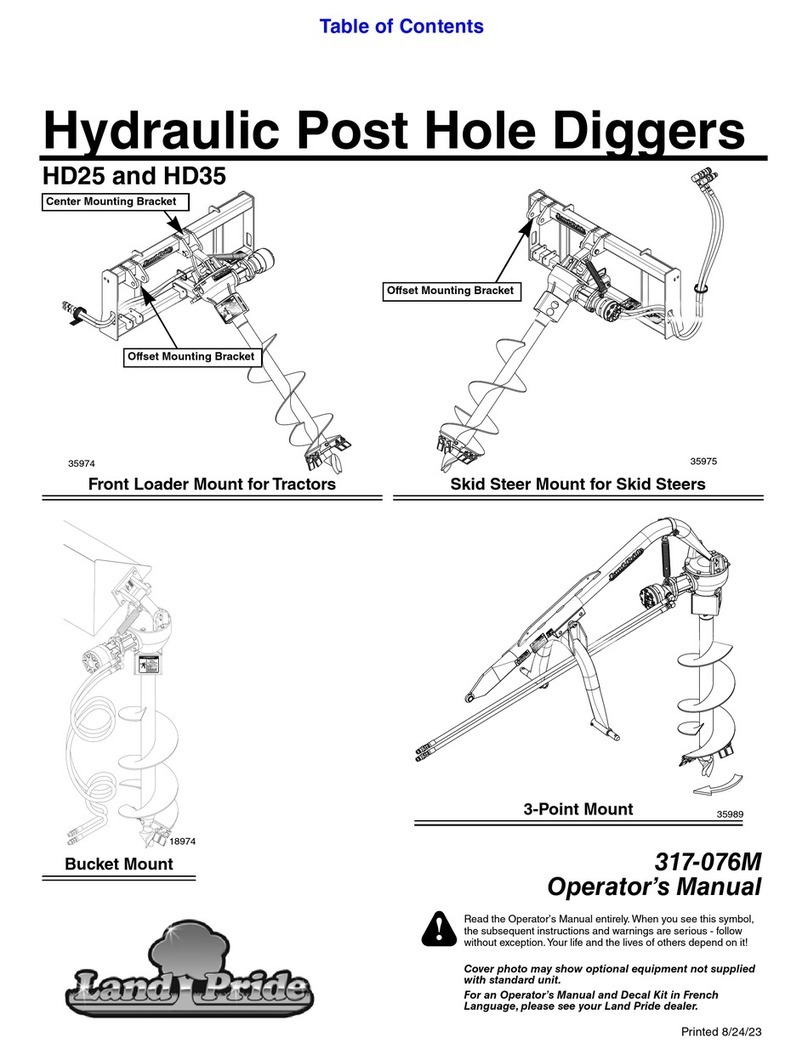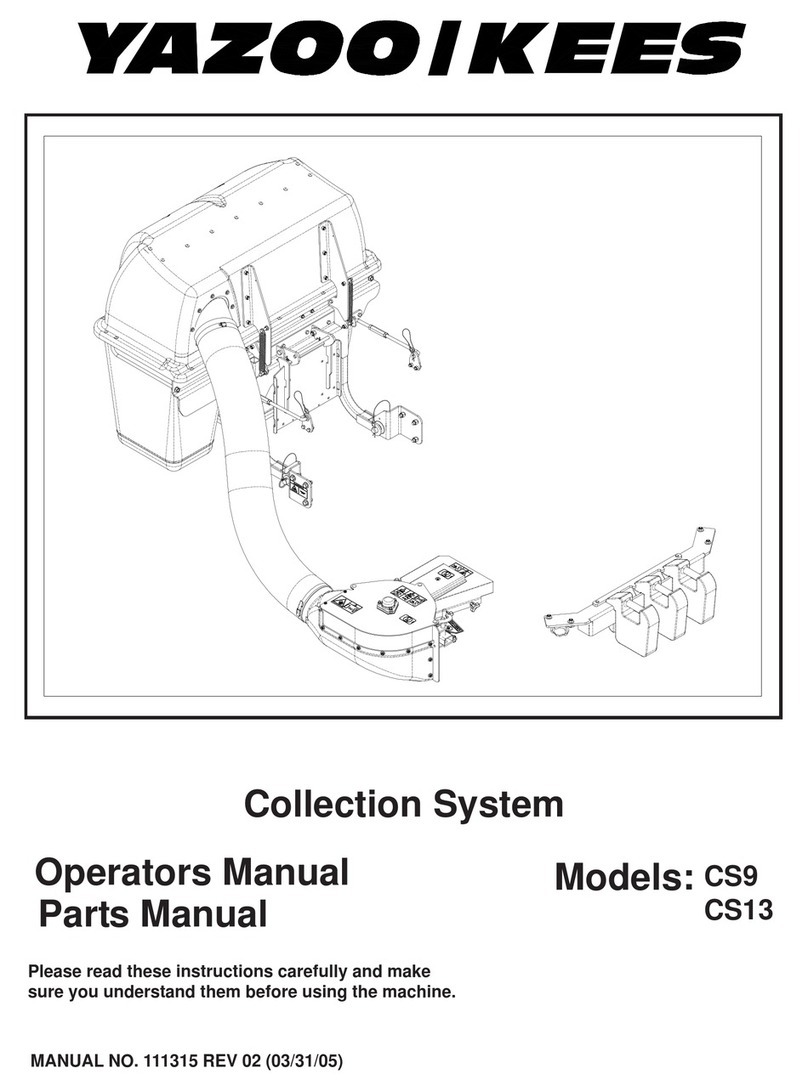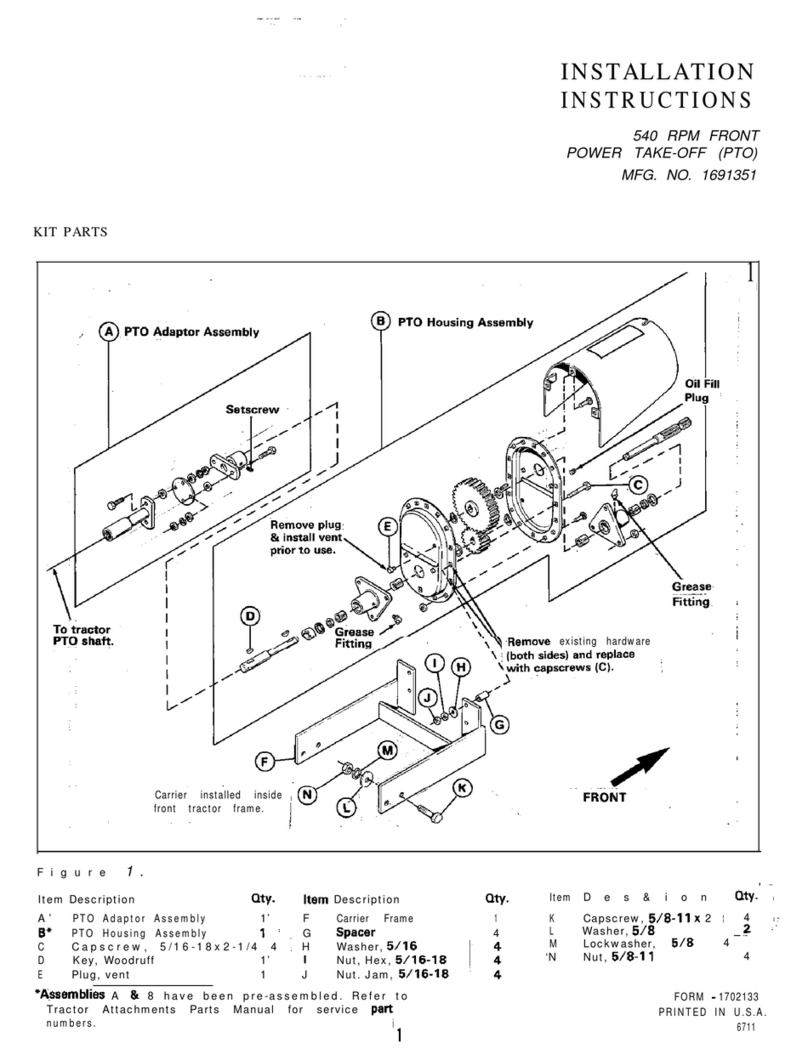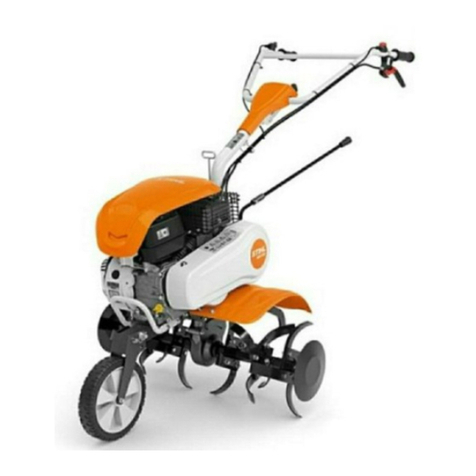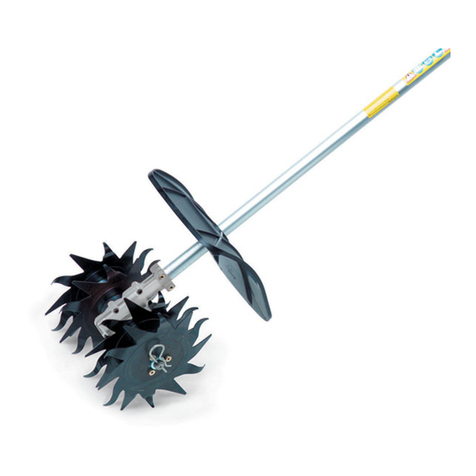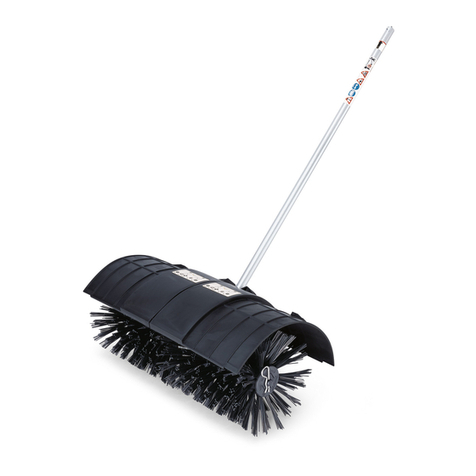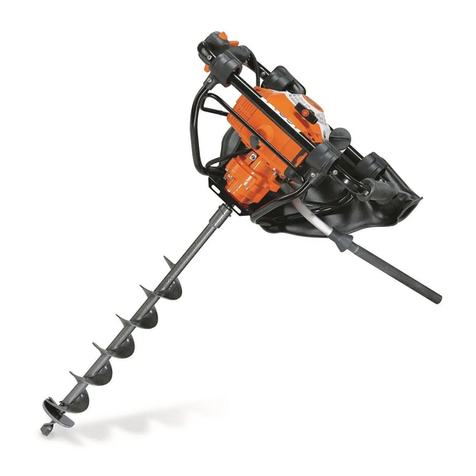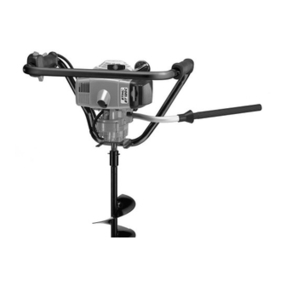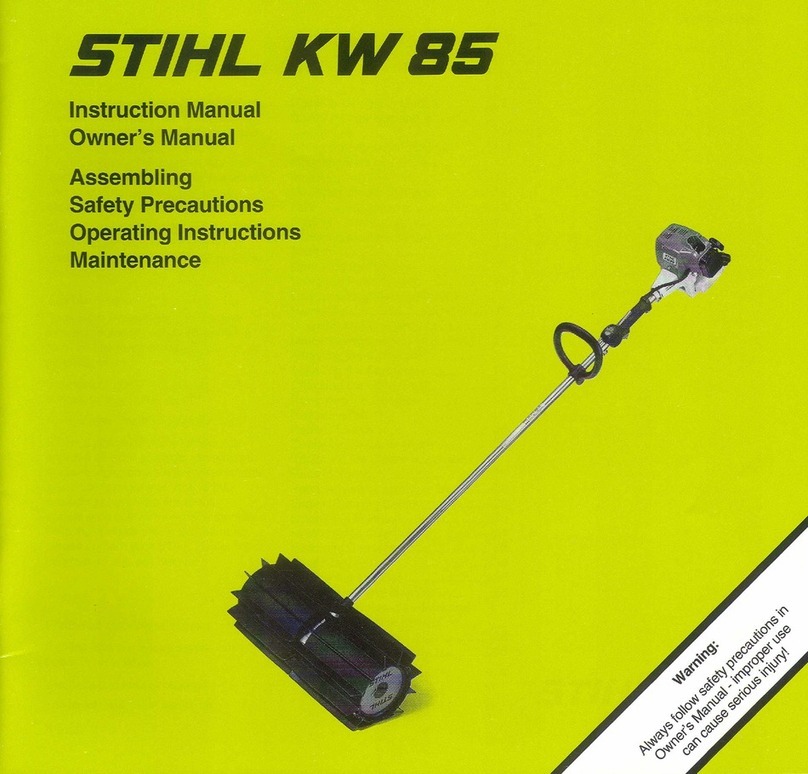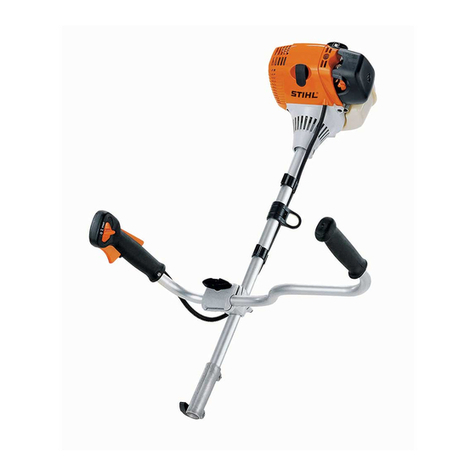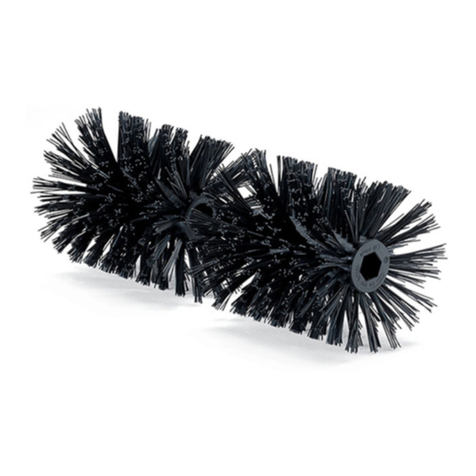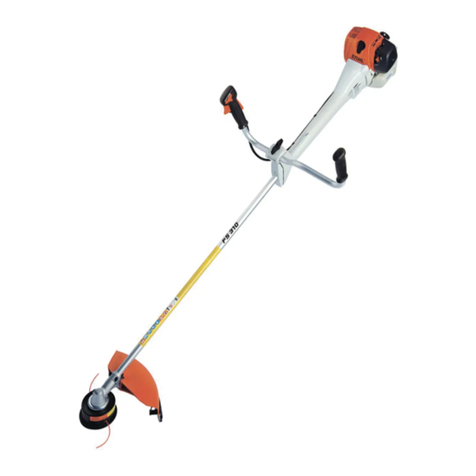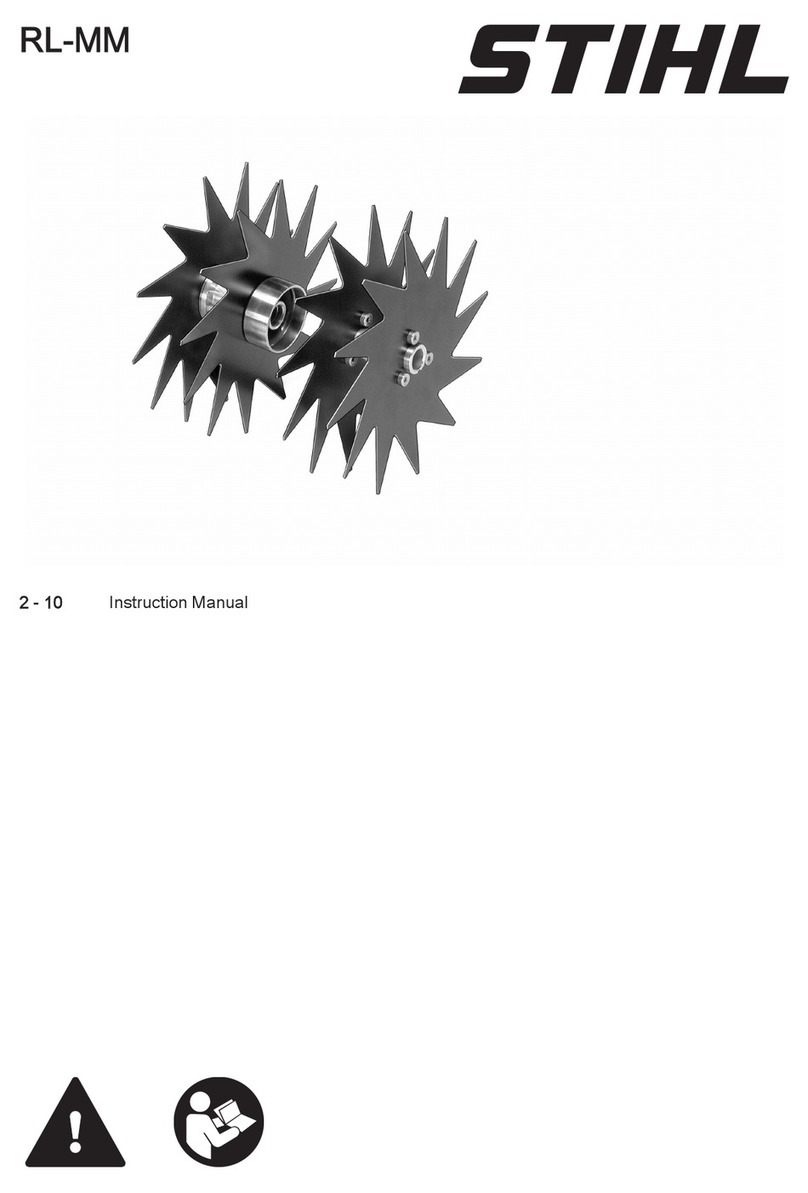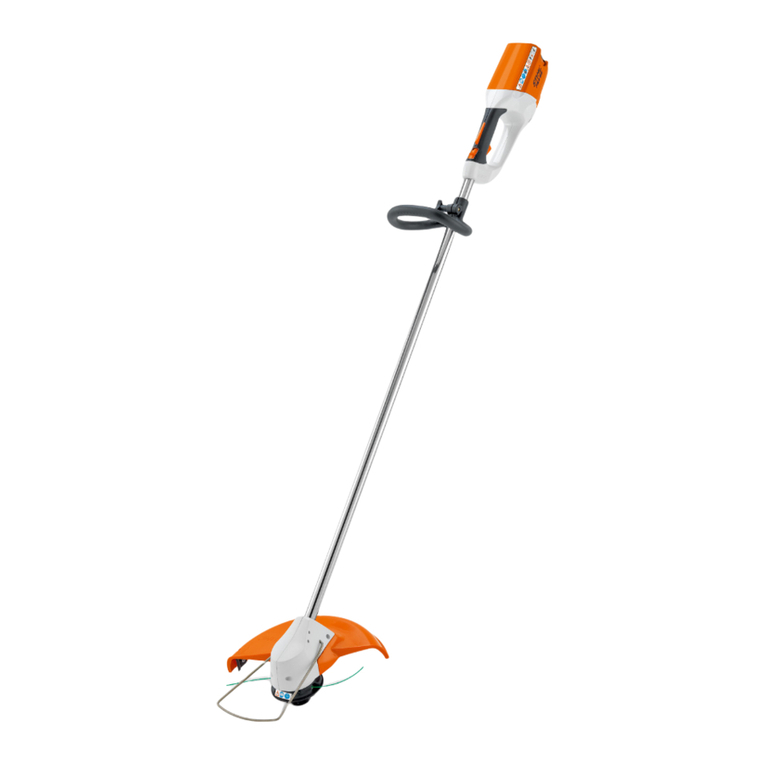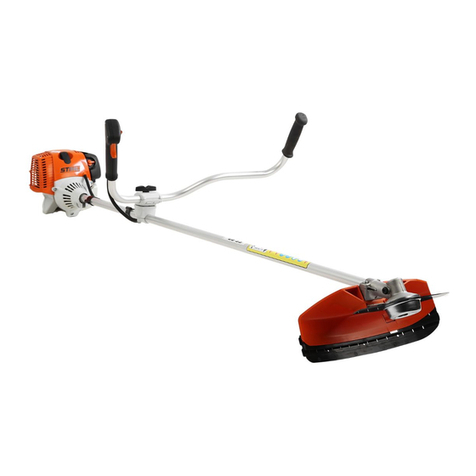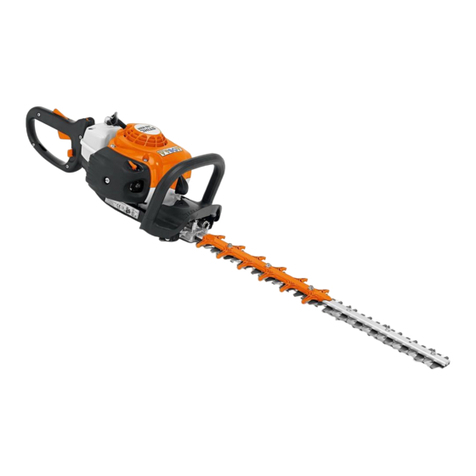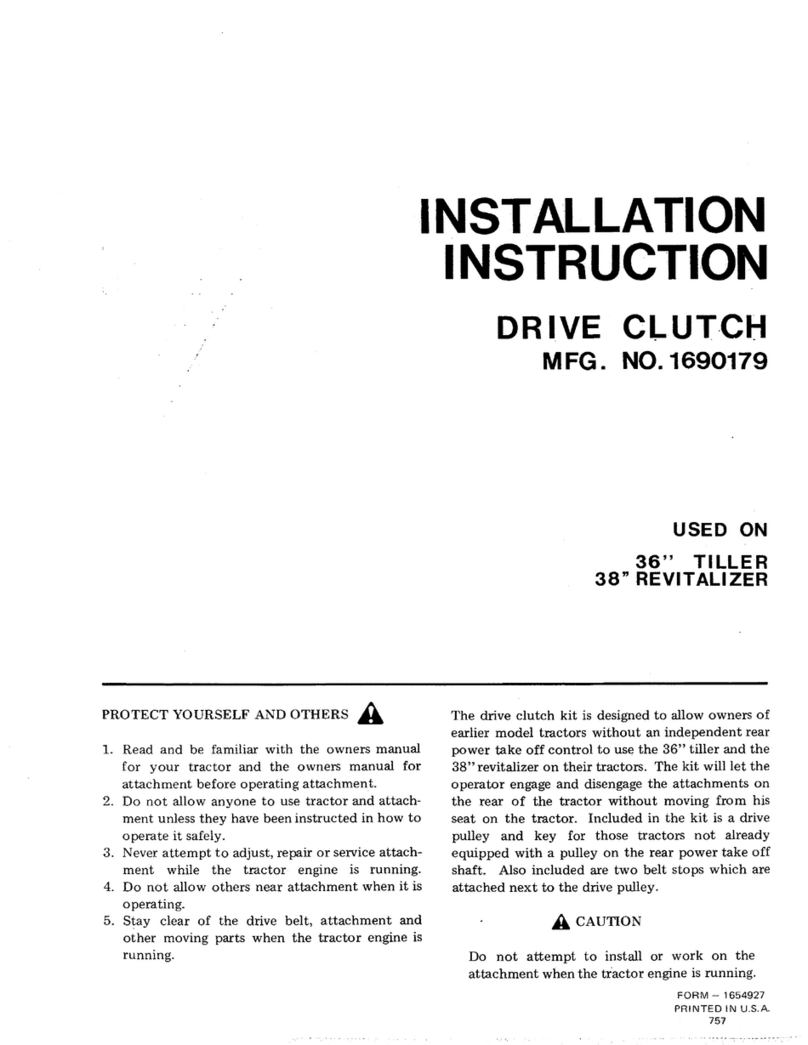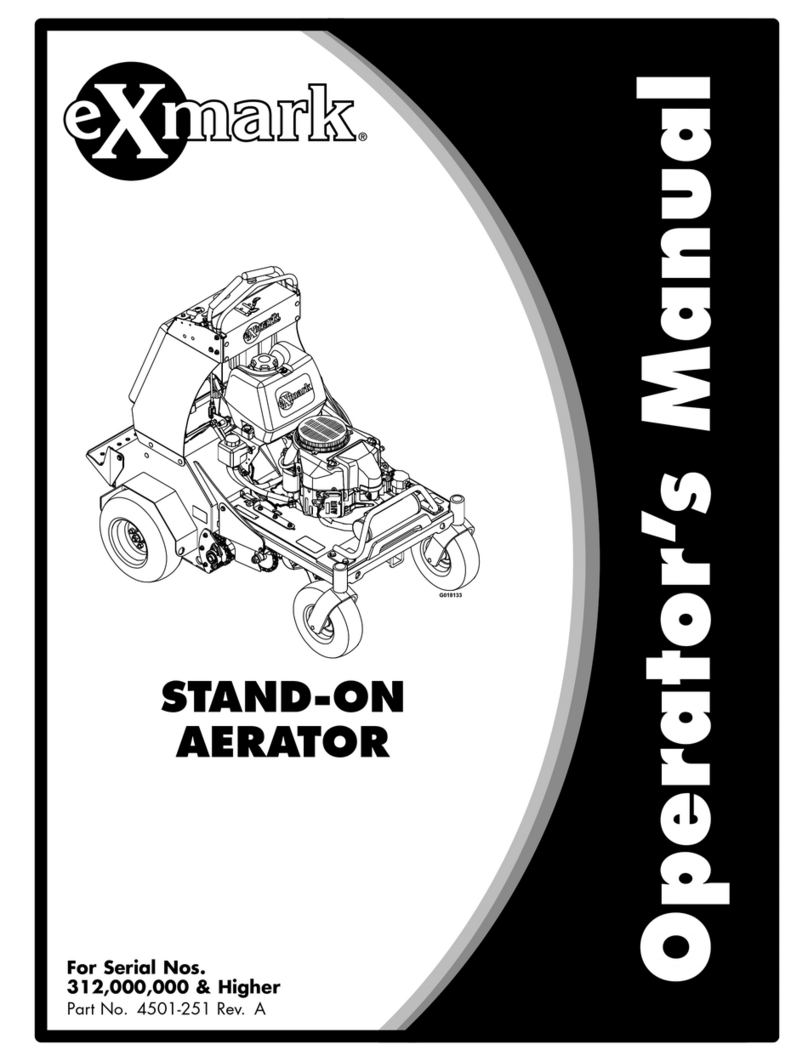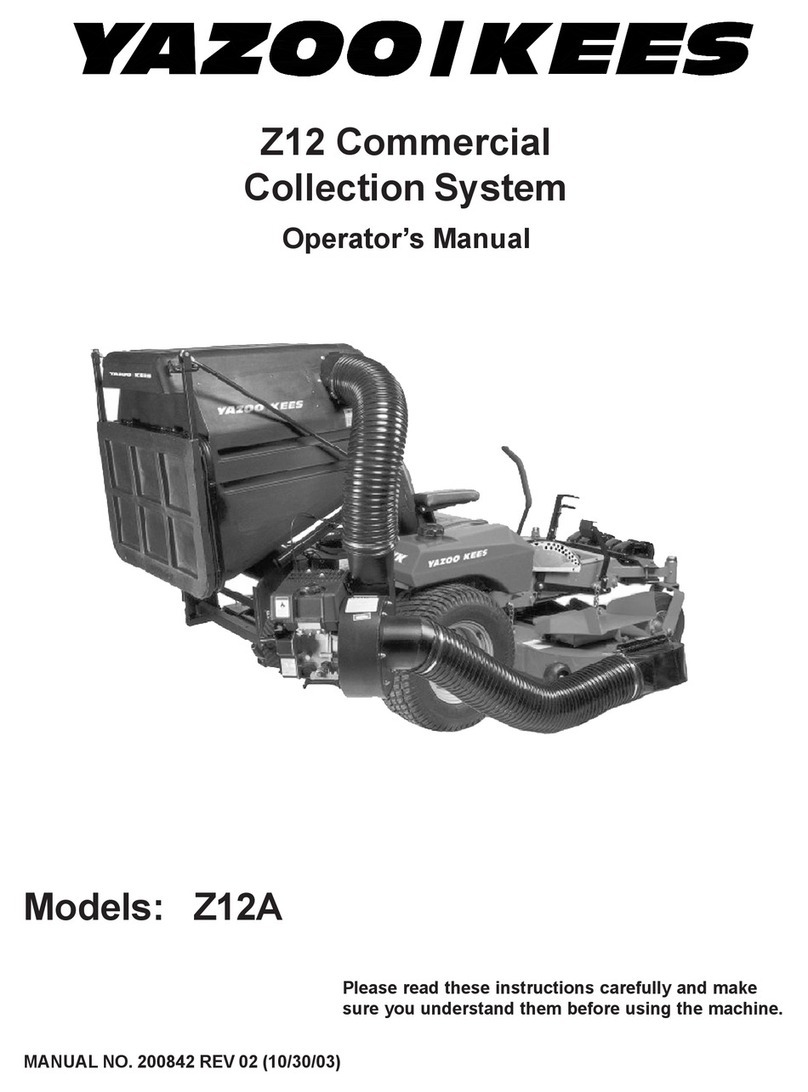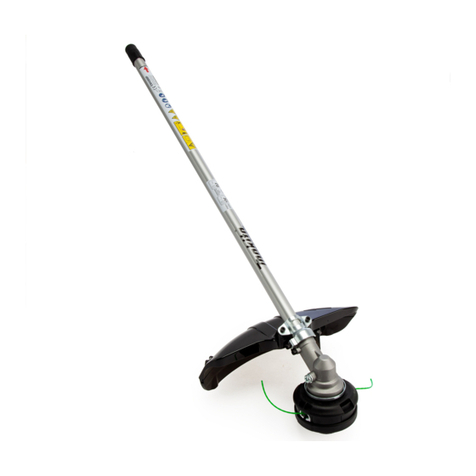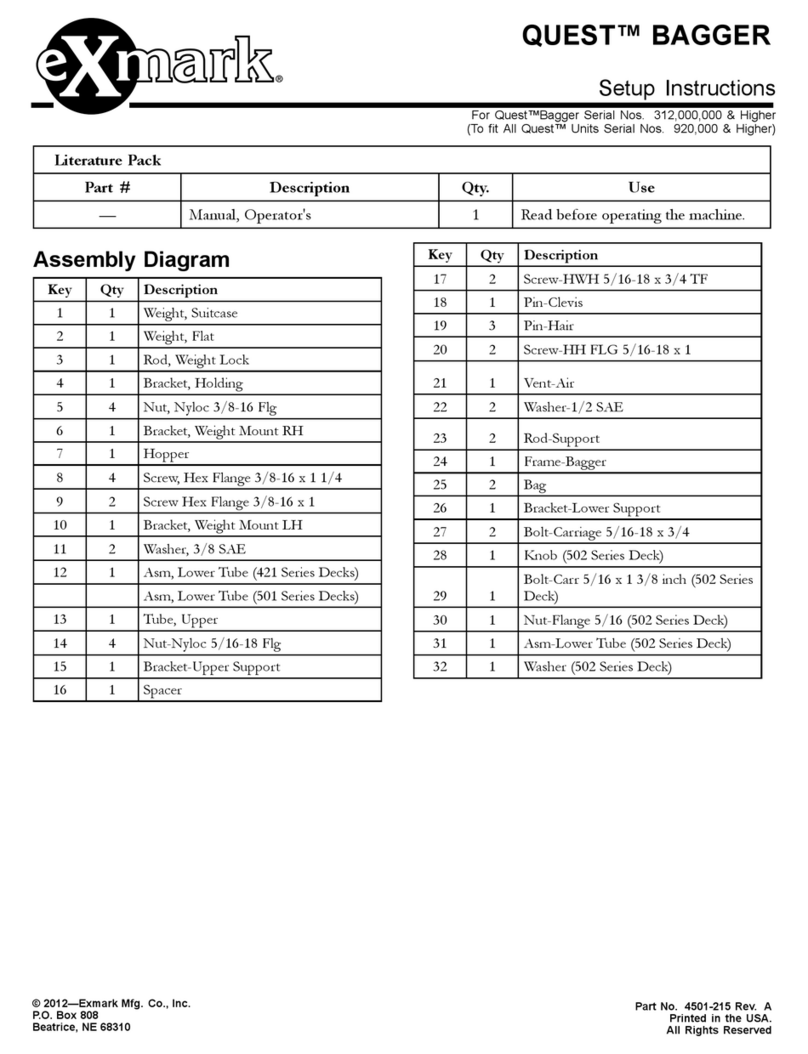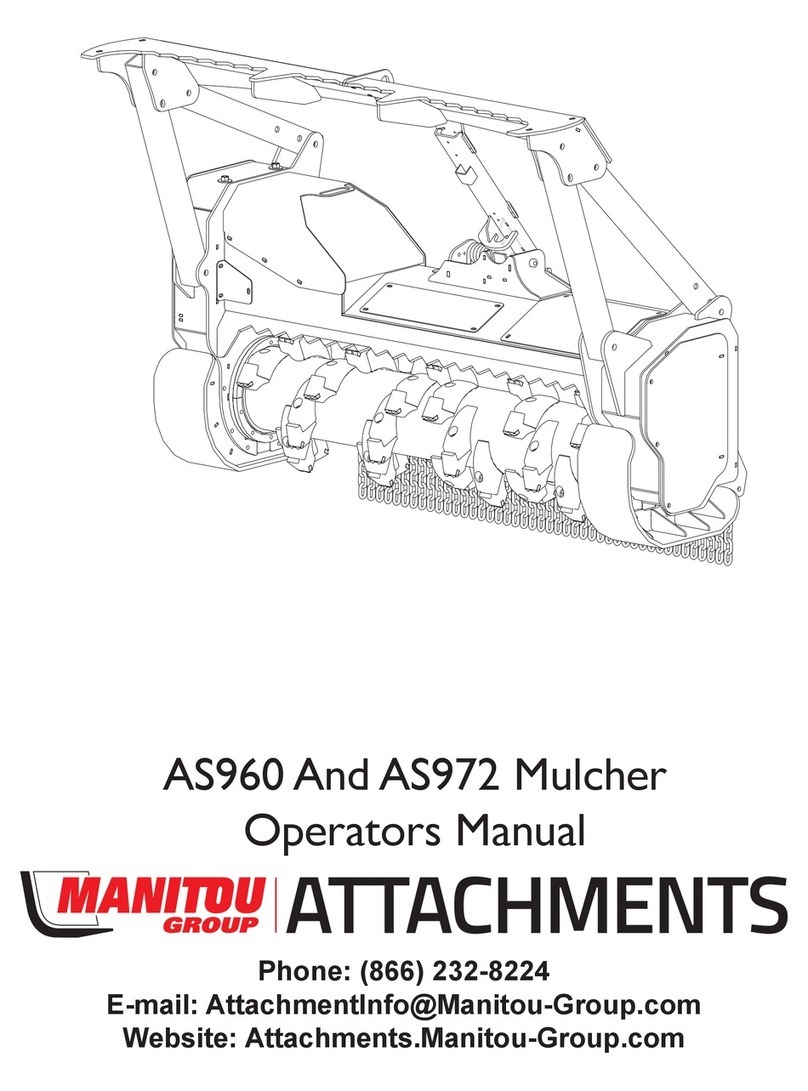
BT 130
English
5
Holding and Controlling the Unit
Always hold the power tool firmly with
both hands on the handles.
Make sure you always have good
balance and secure footing – auger
brake lever against your left thigh.
Wrap you fingers and thumbs tightly
around the handles – left hand on the
control handle.
During Operation
In the event of impending danger or in
an emergency, switch off the engine
immediately by moving the slide control
/ stop switch to 0 or STOP.
Do not allow any other persons in the
work area. To reduce the risk of injury,
keep a sufficiently safe distance away
from other persons.
The correct engine idle speed is
important to ensure that the drilling tool
stops rotating when you let go of the
throttle trigger. If the drilling tool
continues to rotate when the engine is
idling, have the machine checked by
your servicing dealer. Check and correct
the idle speed setting regularly.
Take special care in slippery conditions
(ice, wet ground, snow), on slopes or
uneven ground.
Watch out for obstacles: Roots, tree
stumps or holes which could cause you
to trip or stumble.
Make sure you always have good
balance and secure footing.
Be particularly alert and cautious when
wearing hearing protection because
your ability to hear warnings (shouts,
alarms, etc.) is restricted.
To reduce the risk of accidents, take a
break in good time to avoid tiredness or
exhaustion.
Work calmly and carefully – in daylight
conditions and only when visibility is
good. Stay alert so as not to endanger
others.
Ensure proper ventilation when working
in trenches, hollows or other confined
locations. This reduces the risk of
serious or fatal injury from breathing
toxic fumes.
To reduce the risk of accidents, stop
work immediately in the event of
nausea, headache, visual disturbances
(e.g. reduced field of vision), problems
with hearing, dizziness, deterioration in
ability to concentrate. Apart from other
possibilities, these symptoms may be
caused by an excessively high
concentration of exhaust gases in the
work area.
Operate your power tool so that it
produces a minimum of noise and
emissions – do not run the engine
unnecessarily, accelerate the engine
only when working.
The dusts (e.g. sawdust), vapor and
smoke produced during operation may
be dangerous to health. If dust levels are
very high, wear a suitable respirator.
To reduce the risk of fire, do not smoke
while operating or standing near your
power tool. Note that combustible fuel
vapor may escape from the fuel system.
If your power tool is subjected to
unusually high loads for which it was not
designed (e.g. heavy impact or a fall),
always check that it is in good condition
before continuing work – see also
"Before Starting". Check the fuel system
in particular for leaks and make sure the
safety devices are working properly. Do
not continue operating your power tool if
it is damaged. In case of doubt, consult
your servicing dealer.
Your power tool produces
toxic exhaust fumes as
soon as the engine is
running. These fumes
may be colorless and
odorless and contain
unburned hydrocarbons
and benzol. Never run
the engine indoors or in
poorly ventilated loca-
tions, even if your model
is equipped with a cata-
lytic converter.
